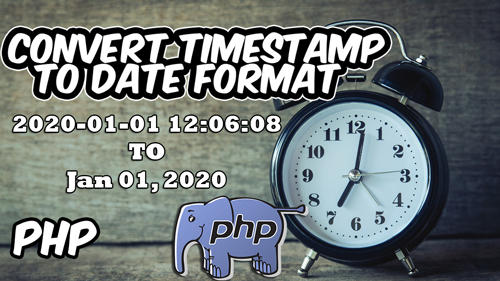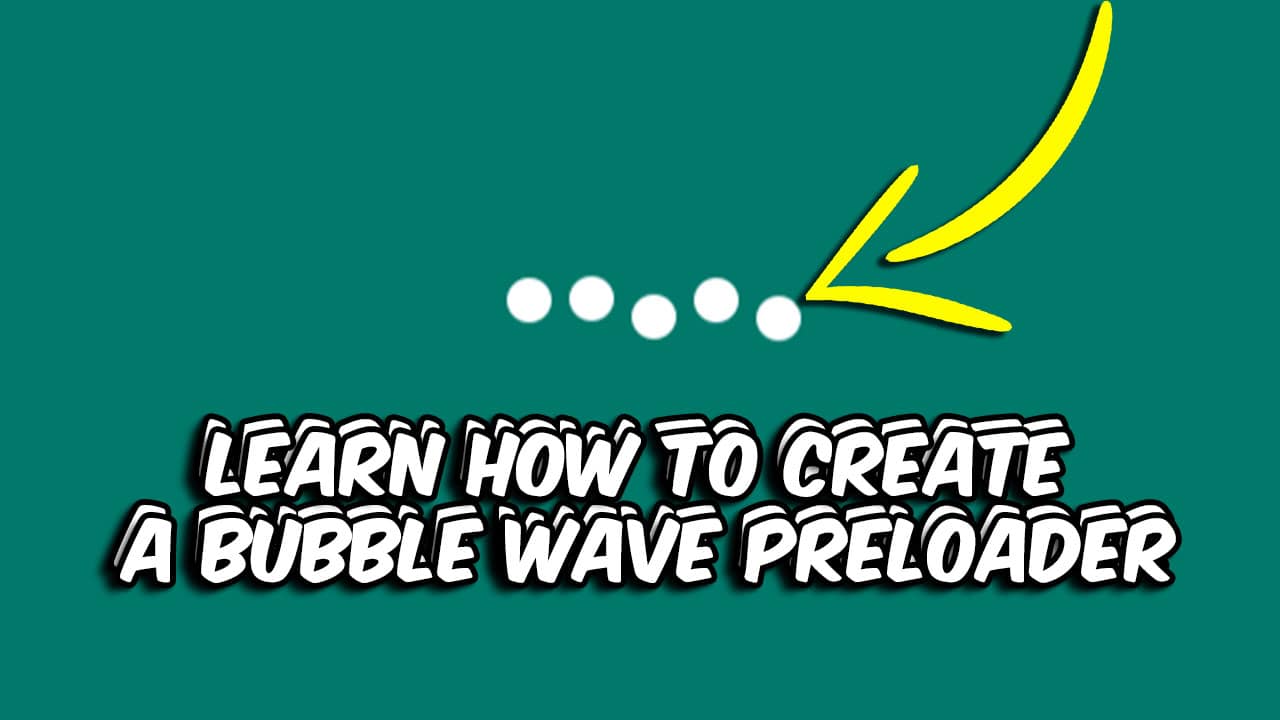How to detect whether the browser is online or offline using Javascript

Make money for being or staying online/internet.
You will get a $50 starting gift when you join using this code: Exode4LKrbujm1z and link:: GET THE OFFER NOW!!
The window.navigator object contains information about the visitor's browser. Through this object as stated in the article title, we can access the onLine property and tell if the visitor's device is online or offline.
I created a very simple video to guide you on this topic. Watch if interested.
First Tutorial Example
The onLine property of the Navigator object returns a Boolean value that specifies whether the browser is in online or offline mode:
In this second example, we go further and see how we can utilize this javascript object and property.
You can decide to redirect users to an offline page when they lose their internet connection while navigating your site.
As you have seen in the tutorial we created a new file called offline.html where the user is redirected when he/she has no active connection.
In the example below, we check and see if there is no connection using this line code in an "if statement":: navigator.onLine == false
The window.location.href is the line where you put the page/file you want the user to be taken to. Watch tutorial
Second Tutorial Example
Offline Page Code
Place this code on the offline.html page. It's on this page where you check whether the navigator.onLine == true and then take back the users to the page they were on.
The way you can truck the previous page that the user was on is to use this history object and the go()property.
Syntax
//Put this inside the: href="...." attribute javascript:history.go(-1)";
I will always put out free content on my YouTube Channel, but showing your support, subscribing to it, pushes me and gives me motivation, not because of the money, but because it feels like people really appreciate what I do. SUBSCRIBE TO:: Oston Code Cypher
Save up to 80% with this Domain & Shared Hosting package deal! 80% OFF - GET OFFER NOW
Related Post(s)
» How to create Custom Social Media Share Buttons Using JavaScript
» A JavaScript library for formatting and manipulating numbers - Numeral.js
» Learn how to Switch Between Dark and Light Mode With CSS and Javascript
» How to Install Node.js® and NPM on Windows
» How to create a Digital Clock using JavaScript
collections_bookmark Category :: Javascriptdate_range Published :: 4 years ago At: 04:03 PM
event_note Detailed Date :: Nov 26th, 2019
person Writer :: Code
- RECENT POSTS
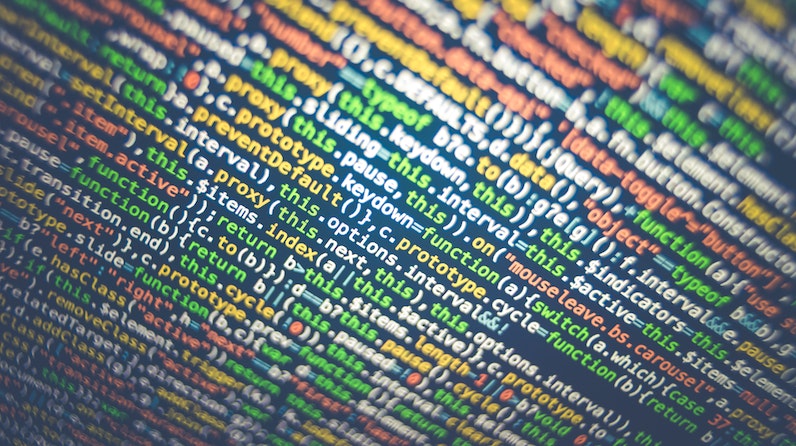 1 year ago
1 year ago
How to force the browser to cache a page?
There are several ways to force a web browser to cache an HTML page:
 1 year ago
1 year ago
How can i cache pages using php?
You can use the output buffering functions in PHP to cache pages. Output buffering allows you to store the output of a PHP script in a buffer, which you can then manipulate before sending it to the client.
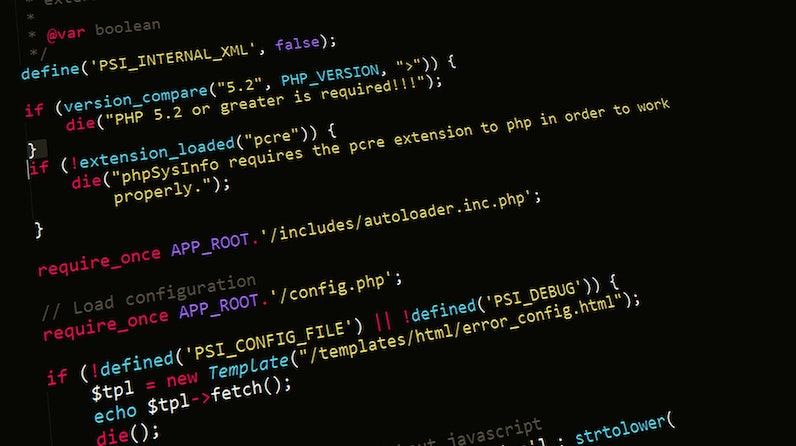 1 year ago
1 year ago
PHP is a popular programming language that is widely used for web development. It stands for "PHP: Hypertext Preprocessor" and is a server-side scripting language. This means that it is executed on the server, rather than in the user's web browser.
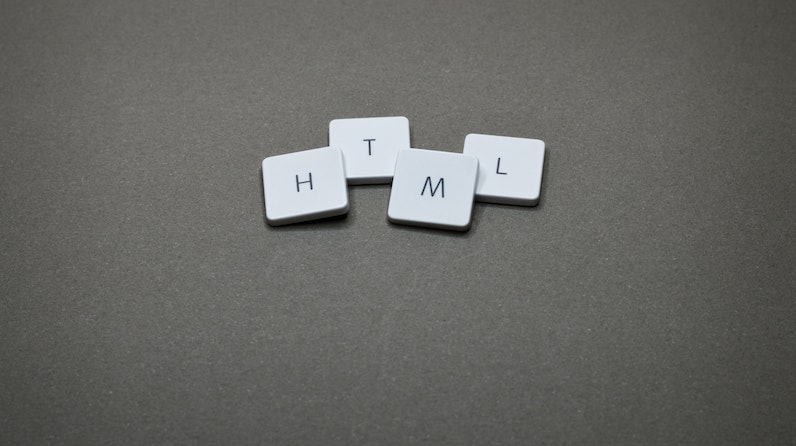 1 year ago
1 year ago
HTML, or Hypertext Markup Language, is the standard markup language for creating web pages and web applications. It is used to structure and organize content on the web, and to create the basic structure and layout of a webpage.
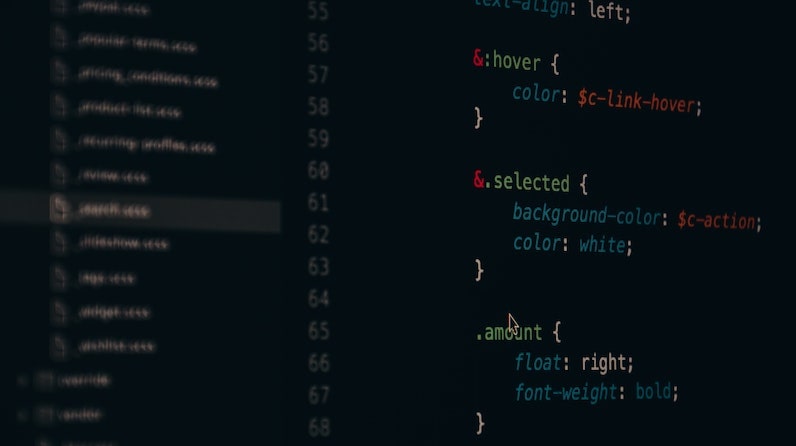 1 year ago
1 year ago
CSS, or Cascading Style Sheets, is a stylesheet language used for describing the look and formatting of a document written in HTML. CSS is used to control the presentation of multiple web pages at once, making it a crucial tool for web developers and designers.
 3 years ago
3 years ago
A JavaScript library for formatting and manipulating numbers - Numeral.js
Check out this lightweight JavaScript library used for formatting and manipulating numbers.
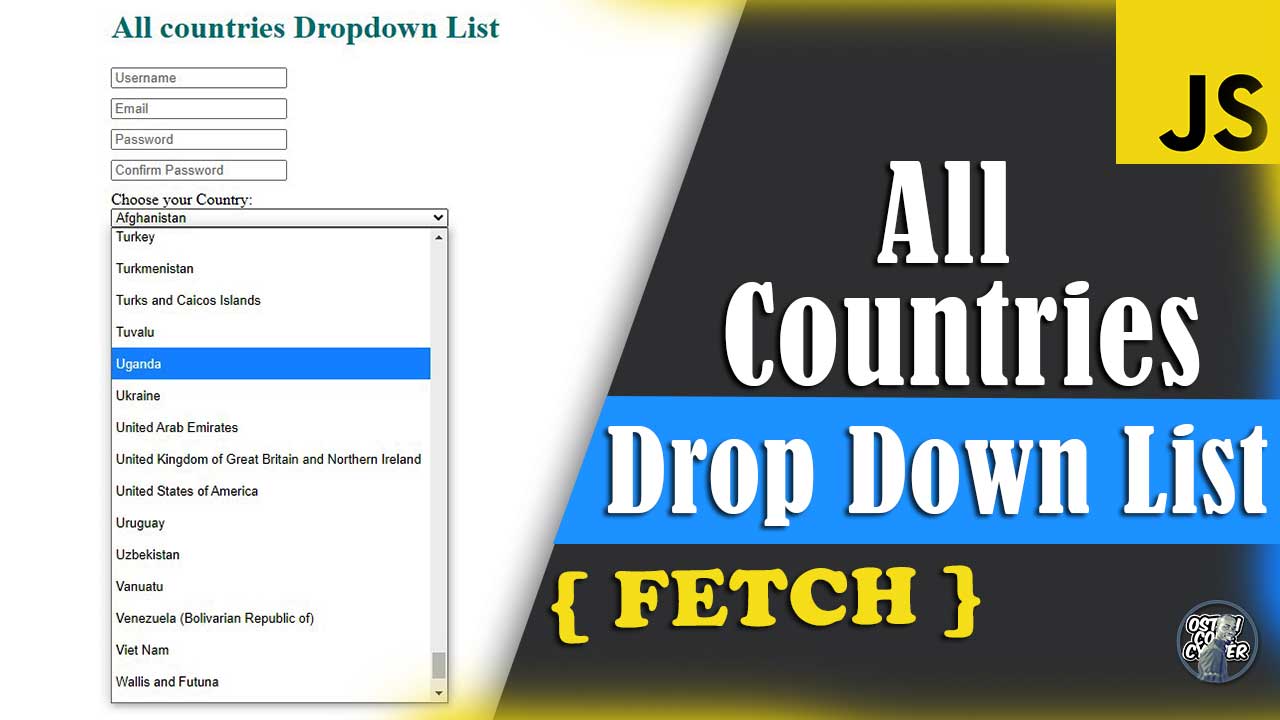 3 years ago
3 years ago
All Countries Drop Down List | HTML Select Country Name
This simple country dropdown list is freely available for you to copy and use in your project forms.
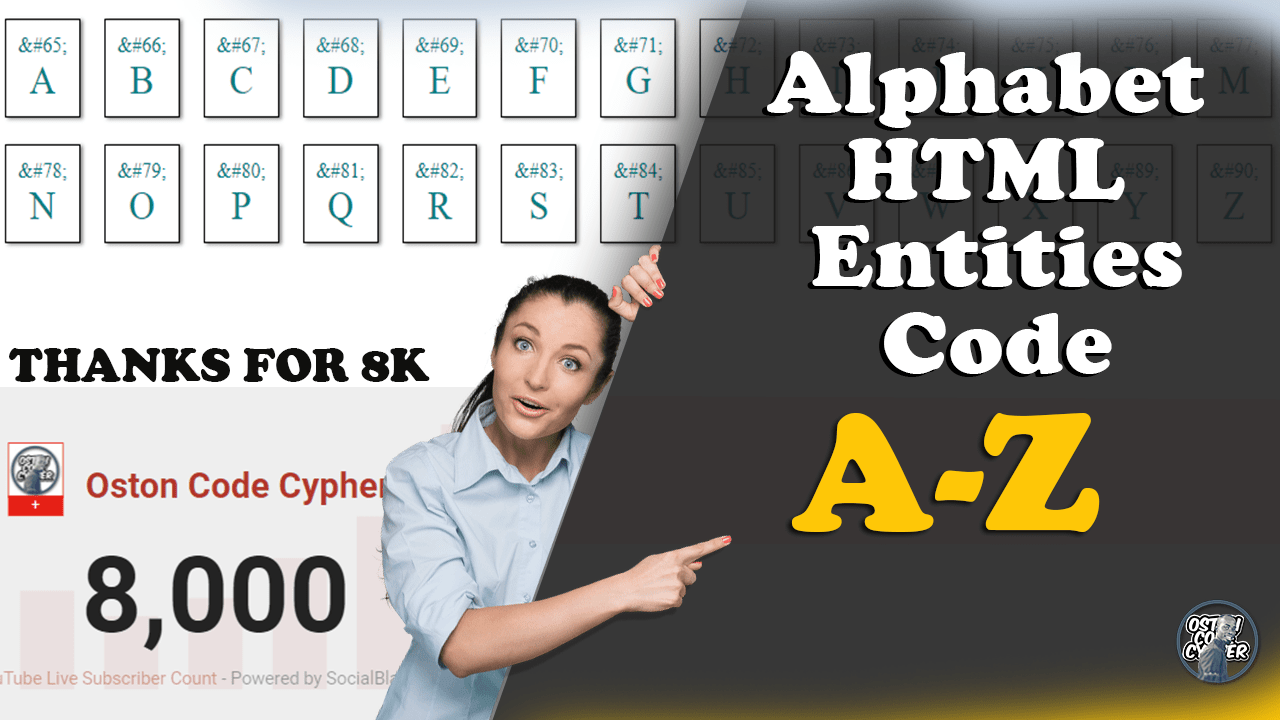 3 years ago
3 years ago
HTML Entities Code Alphabet Discovery Using JavaScript
In this post I will show how writing just a few lines in JavaScript will allow you to render, browse and discover the alphabetical letters using a set of HTML entity codes.
- ADVERTISEMENT

